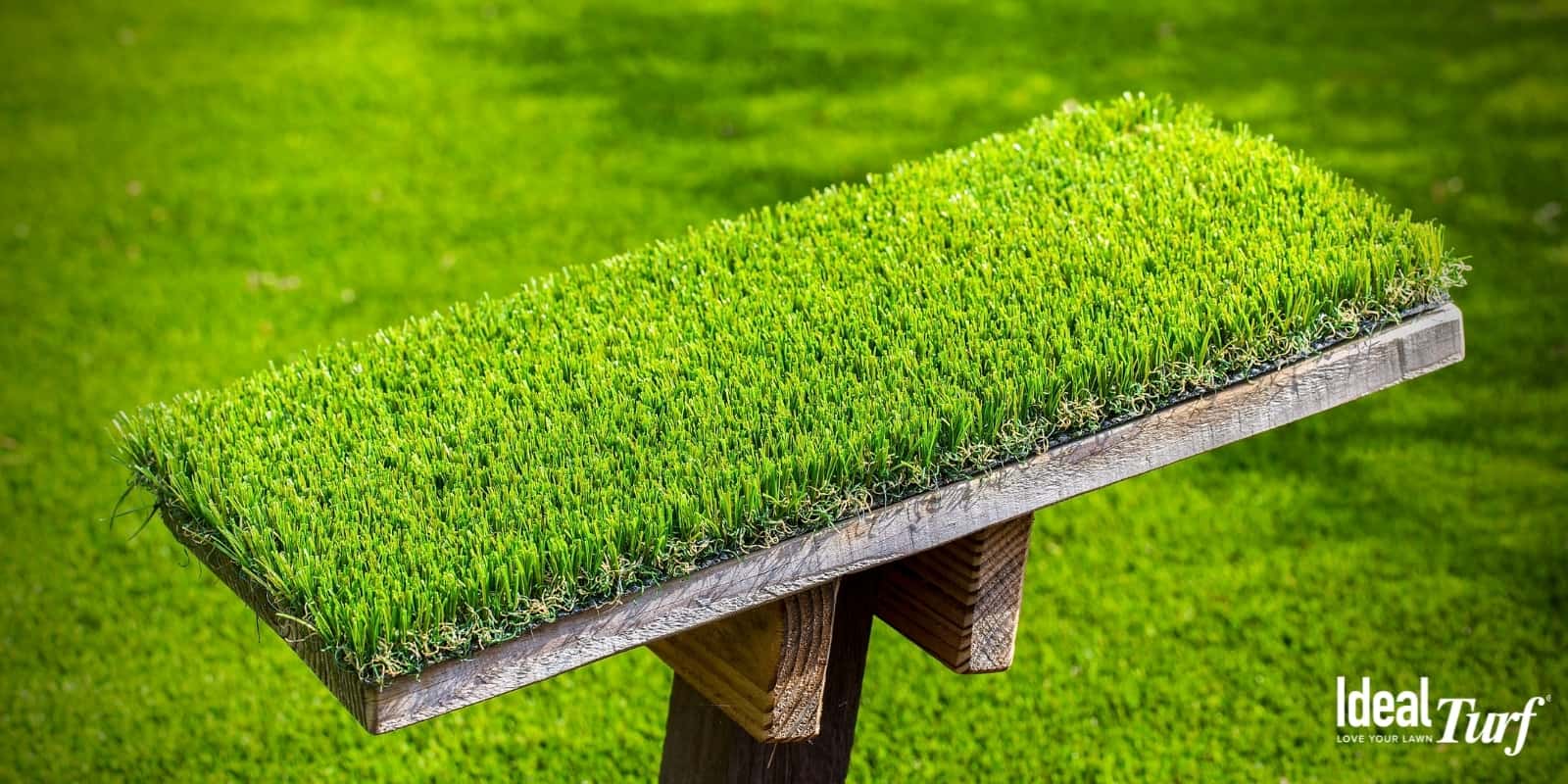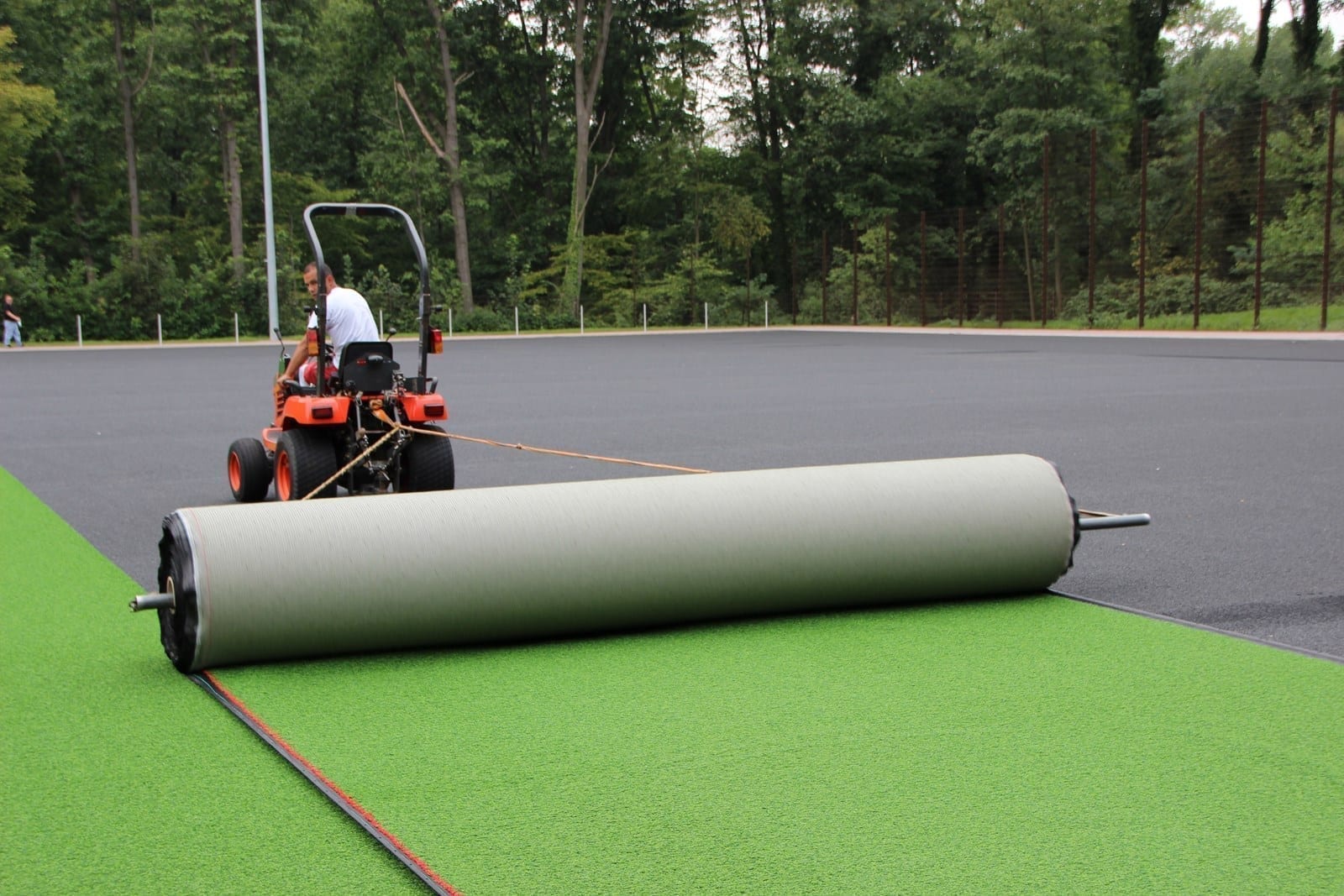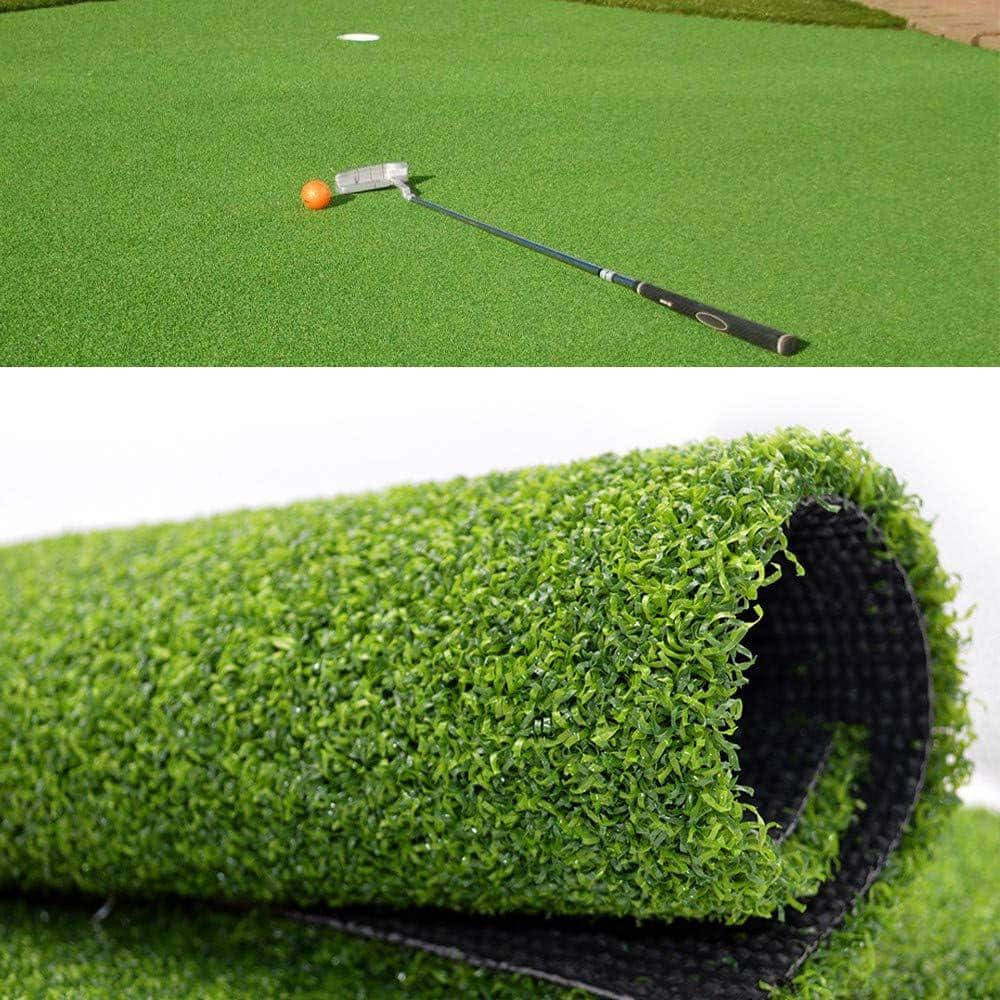Find the Top Artificial Turf Companies Phoenix for Your House or Business
Find the Top Artificial Turf Companies Phoenix for Your House or Business
Blog Article
Look Into the Environmental Advantages of Opting for Synthetic Grass Solutions
The adoption of man-made lawn solutions presents an engaging opportunity to address pressing environmental difficulties. By substantially minimizing water usage and lessening the application of damaging chemicals, these choices not just promote sustainable landscape design however additionally safeguard regional ecosystems. The lower carbon footprint connected with reduced maintenance activities contributes to a more lasting technique to land management. The effects of these advantages extend past simple conservation efforts, elevating inquiries about their long-lasting effect on habitat preservation and overall eco-friendly balance. Checking out these dimensions discloses a complicated interplay worth considering.
Water Preservation Benefits
One of the most considerable advantages of man-made lawn is its capability to save water. In contrast, synthetic lawn does not need watering, dramatically lowering the total need for water resources.
By eliminating the requirement for regular watering, man-made grass adds to lasting landscape practices and assists alleviate the environmental influence of excessive water intake. Furthermore, the conservation of water expands to the reduction of drainage, which can bring about dirt erosion and river contamination.
Additionally, the setup of synthetic grass permits communities and property owners to allot water sources extra efficiently, concentrating on important uses such as drinking water and agriculture. The shift in the direction of synthetic grass not only promotes responsible water usage but additionally aligns with broader environmental goals targeted at maintaining natural resources.
As communities increasingly prioritize sustainability, the water conservation advantages of synthetic grass provide an engaging situation for its adoption in business and property landscape design projects.
Reduced Chemical Usage
The change to synthetic grass significantly decreases the dependence on chemical therapies generally made use of in natural grass maintenance. Traditional lawn administration normally includes the application of plant foods, pesticides, and herbicides to promote growth and control bugs. These chemicals can position threats to human health and wellness, neighborhood wild animals, and the environment, adding to soil and water contamination.
In contrast, man-made grass gets rid of the requirement for these unsafe compounds. By decreasing the release of artificial substances into the environment, artificial grass advertises much healthier dirt and water systems.
Furthermore, the lack of chemical runoff connected with synthetic grass installments helps protect local waterways from contamination, supporting marine life and maintaining biodiversity. Arizona artificial turf. As communities significantly focus on lasting techniques, going with synthetic grass provides a viable service that lines up with environmental preservation objectives. Through this shift, home owners can take pleasure in lavish environment-friendly rooms without jeopardizing environmental wellness, leading the way for a more sustainable future
Lower Carbon Impact

Additionally, the installment of synthetic lawn can result in significant water preservation. All-natural lawns call for significant quantities of water for irrigation, which not just includes in this website the carbon impact connected with water removal and therapy but also pressures neighborhood water resources. On the other hand, synthetic turf needs very little upkeep, needing no watering, therefore substantially reducing water use and its connected power prices.
Additionally, the longevity of synthetic lawn contributes to its decreased carbon impact. With a life expectancy of as much as 15 years or even more, the demand for constant replacements is lessened, resulting in less waste and lower energy usage in production and dealing with standard yard choices. On the whole, synthetic grass presents a lasting alternative for eco conscious landscaping.
Habitat Preservation
Habitat preservation is a critical consideration in the debate over landscape design choices, especially when comparing synthetic grass to all-natural lawn. All-natural turf lawns commonly require extensive upkeep, including using plant foods, herbicides, and chemicals, which can detrimentally affect regional ecological communities. These chemicals can leach into the dirt and waterways, damaging indigenous plants and fauna and interfering with regional environments.
Fabricated lawn eliminates the demand for damaging chemicals, thus securing neighboring wild animals and maintaining the stability of surrounding ecological communities. The installation of fabricated lawn can lead to the conversion of former lawn locations right into even more biodiverse landscapes, such as pollinator yards or native plant areas, which can support local wildlife.
Inevitably, the shift to synthetic grass not only conserves water and Recommended Reading reduces maintenance initiatives but likewise fosters an extra harmonious connection between human tasks and the natural surroundings, promoting environment preservation while doing so.
Long-Term Sustainability
Long-lasting sustainability is an essential consider examining the advantages of synthetic grass over conventional turf yards. Among one of the most substantial benefits of synthetic grass is its durability; it can last approximately 15-20 years with marginal upkeep, whereas all-natural turf calls for constant reseeding and replacement. This longevity reduces the demand for consistent resources, such as water, plant foods, and pesticides, which are essential for preserving a healthy and balanced turf lawn.
Furthermore, synthetic grass contributes to a reduction in carbon discharges connected with grass care tools. Standard yards usually need gas-powered lawn mowers, trimmers, and blowers, all of which add to air pollution. Turf installation phoenix az. In contrast, synthetic grass gets rid of the need for such tools, advertising a cleaner environment
Furthermore, the manufacturing of synthetic grass significantly makes use of recycled products, enhancing its sustainability account. As manufacturers take on eco-friendly techniques, the environmental footprint of fabricated lawn continues to lessen.

Verdict
The adoption of synthetic grass remedies provides substantial ecological advantages, including considerable water preservation, lowered dependence on hazardous chemicals, and a reduced carbon impact. Additionally, artificial lawn aids in maintaining natural habitats by lessening land disturbance and advertising lasting sustainability via the usage of resilient products. Jointly, these factors highlight the possibility of synthetic grass to add positively to ecological wellness and provide a practical choice to standard landscape design practices in an increasingly resource-conscious world.
In contrast, synthetic grass does not require watering, considerably here are the findings lowering the total demand for water sources. By decreasing the launch of artificial substances right into the ecosystem, fabricated turf promotes much healthier dirt and water systems.
Furthermore, the setup of synthetic lawn can result in significant water conservation. In contrast, man-made lawn needs very little maintenance, requiring no watering, consequently significantly decreasing water use and its associated energy prices.

Report this page